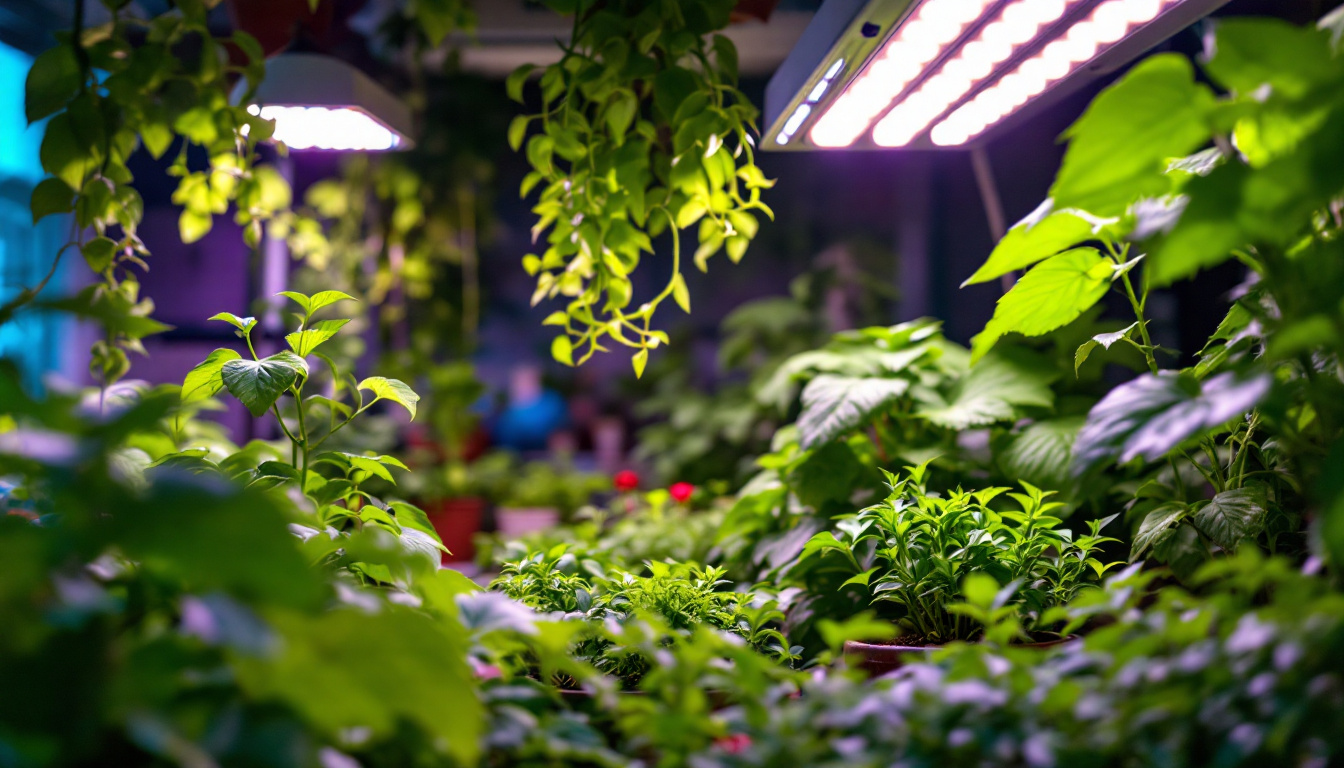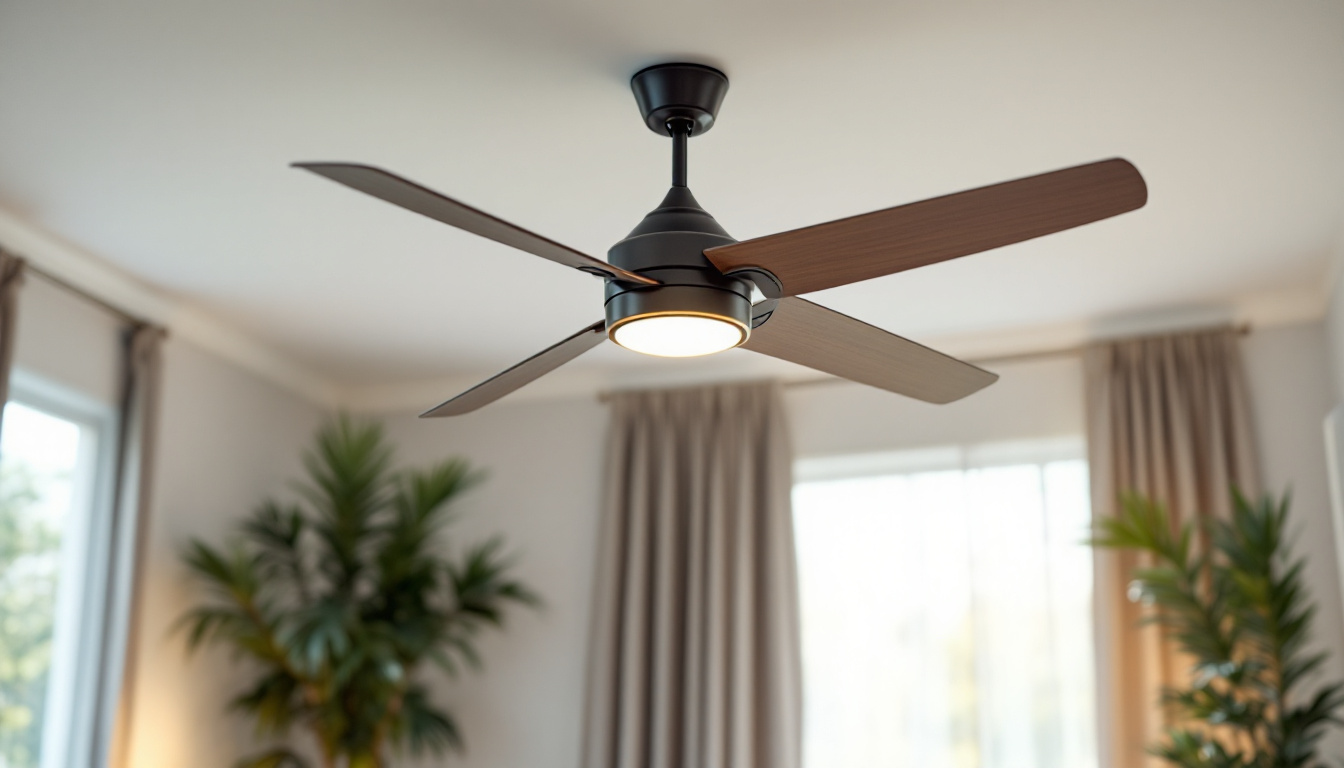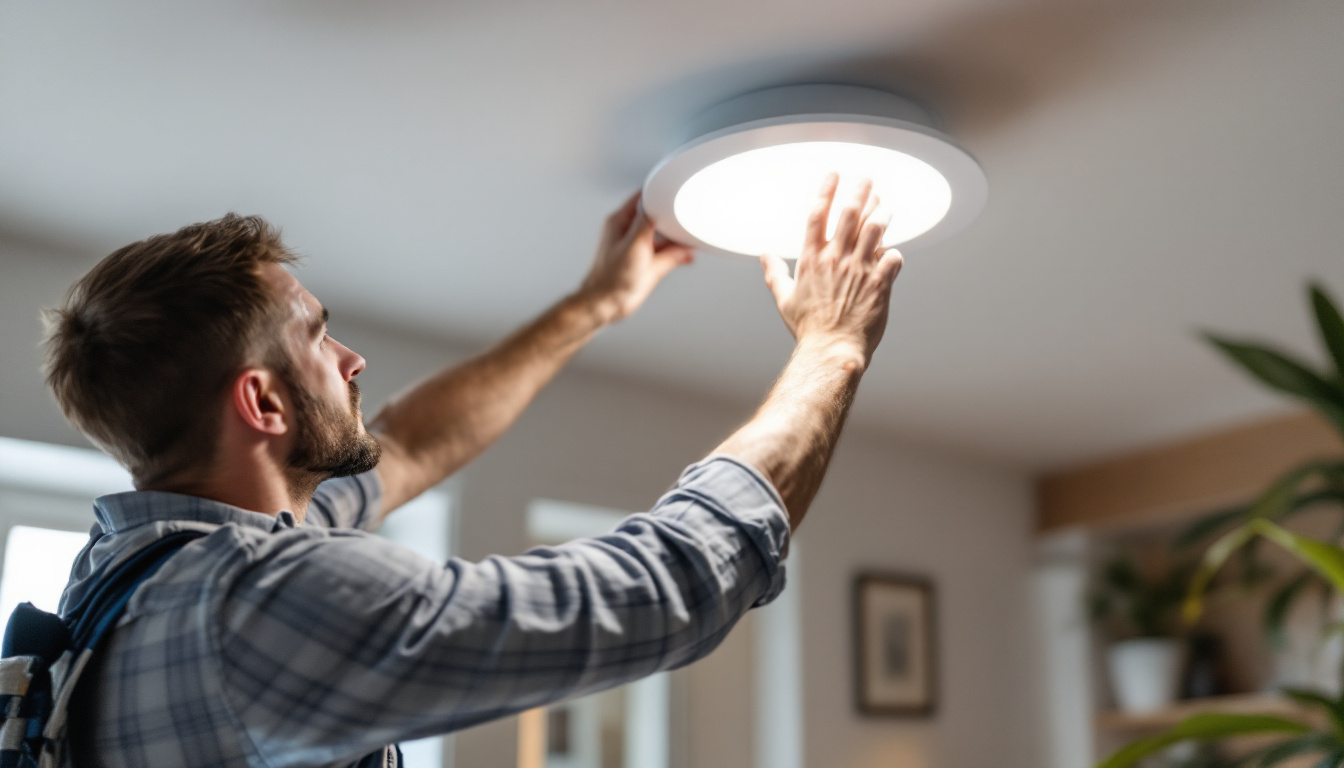
As the demand for indoor gardening and horticulture continues to grow, lighting contractors are increasingly called upon to provide effective solutions for plant growth. LED lights have emerged as a popular choice due to their efficiency, longevity, and adaptability. However, selecting and installing the right LED lighting system requires careful consideration. This article serves as a comprehensive checklist for lighting contractors, ensuring that they meet the specific needs of their clients while maximizing plant health and productivity.
Light is a fundamental component of photosynthesis, the process by which plants convert light energy into chemical energy. Understanding the different light spectra is crucial for lighting contractors. Plants primarily utilize blue and red wavelengths for growth, with blue light promoting vegetative growth and red light encouraging flowering and fruiting. A balanced spectrum that includes both blue and red wavelengths is essential for optimal plant development.
Moreover, the intensity and duration of light exposure also play significant roles in plant health. Different species of plants have varying light requirements, making it essential for contractors to assess the specific needs of their clients’ plants before recommending a lighting solution. For instance, the photoperiod, or the length of time a plant is exposed to light, can influence flowering cycles and overall growth rates. Some plants may require long days with extended light exposure, while others thrive in shorter daylight conditions. Thus, understanding these nuances allows contractors to create customized lighting schedules that cater to the specific needs of each plant type.
Different types of plants have unique lighting requirements. For instance, leafy greens such as lettuce and spinach thrive under high-intensity blue light, while fruiting plants like tomatoes and peppers benefit from a combination of blue and red light. Contractors should familiarize themselves with the specific needs of various plant species to provide tailored lighting solutions. Additionally, some plants, such as succulents, require less light and can suffer from light burn if exposed to intense lighting for prolonged periods. This highlights the importance of not only knowing the general light needs of plants but also understanding the specific tolerances and preferences of individual species.
Additionally, understanding the growth stage of the plants is vital. Seedlings require less intense light compared to mature plants. Therefore, a flexible lighting system that can be adjusted according to the growth stage is a valuable asset for any lighting contractor. Furthermore, the use of timers and dimmers can enhance the adaptability of lighting systems, allowing for gradual increases in light intensity as plants mature. This gradual acclimatization is crucial for preventing stress and ensuring healthy growth. By implementing such systems, contractors can create an environment that mimics natural conditions, promoting robust plant health and maximizing yields for their clients.
When selecting LED lights for plant growth, contractors should consider the various types available on the market. Full-spectrum LED lights are designed to provide a balanced light spectrum suitable for all growth stages. These lights typically include a mix of blue, red, and sometimes white light, making them versatile for different plant types. Full-spectrum lights mimic natural sunlight, which can enhance photosynthesis and promote healthier plant development, making them a popular choice for both commercial growers and home gardeners.
Another option is the use of specialized LED lights that focus on specific wavelengths. For example, some lights are designed primarily for vegetative growth, while others are optimized for flowering. Understanding the advantages and disadvantages of each type will help contractors make informed decisions for their clients. Additionally, some advanced LED systems allow for customizable light spectrums, enabling growers to adjust the light output based on the specific needs of their plants at different growth stages. This flexibility can lead to improved yields and more robust plants, making it a worthwhile investment for serious horticulturists.
Light intensity is measured in lumens or PAR (Photosynthetically Active Radiation). Contractors should ensure that the LED lights chosen provide adequate intensity for the specific plants being grown. The coverage area is also crucial; lights should be positioned to ensure even distribution across the growing area. This may involve using multiple light fixtures or adjustable mounting systems to achieve the desired coverage. Properly assessing the light needs of different plants can lead to healthier growth and better overall performance, as certain species may require more intense light than others.
Furthermore, the height at which the lights are installed can significantly affect light intensity. Contractors should consider the distance between the lights and the plants, as well as the potential for heat buildup, which can affect plant health. It’s also important to factor in the type of reflective surfaces in the growing area, as these can enhance light distribution and efficiency. Using reflective materials on walls or ceilings can help maximize the effectiveness of the LED lights, ensuring that plants receive the optimal amount of light without excessive energy consumption. Additionally, monitoring the light levels with a PAR meter can help fine-tune the setup for the best results, allowing for adjustments as plants grow and their light requirements change.
Before installation, it is essential to assess the electrical requirements of the LED lighting system. Contractors should ensure that the electrical infrastructure can support the power needs of the chosen lights. This may involve consulting with an electrician to determine if any upgrades or modifications are necessary.
Additionally, contractors should consider the use of timers and dimmers. Timers can automate light cycles, mimicking natural sunlight patterns, while dimmers allow for adjusting light intensity based on the growth stage and specific plant needs. This flexibility not only enhances plant health but can also lead to energy savings, as lights can be dimmed during less critical growth phases, reducing overall power consumption.
Furthermore, it’s important to evaluate the total wattage of the LED fixtures to ensure that the circuit can handle the load without tripping breakers or causing electrical hazards. Utilizing a dedicated circuit for the lighting system may be advisable, particularly in larger installations, to prevent interference with other electrical devices and to ensure consistent performance.
Although LED lights generate less heat than traditional lighting options, proper ventilation is still essential. Adequate airflow helps maintain optimal temperatures and prevents overheating, which can stress plants. Contractors should design the installation with sufficient space for air circulation and consider incorporating fans or exhaust systems if necessary.
Moreover, monitoring temperature and humidity levels is crucial in maintaining a healthy growing environment. Installing sensors can provide real-time data, allowing for adjustments to be made as needed. In addition to sensors, integrating a climate control system can automate the process of maintaining ideal conditions, further reducing the workload on growers and ensuring consistency in the environment. This can be particularly beneficial in larger setups where manual adjustments may be impractical.
It’s also worth noting that the positioning of the LED lights can impact heat distribution. Properly spacing the lights not only enhances coverage but also aids in managing heat buildup. Contractors should consider the height at which lights are mounted, as well as the angle of illumination, to optimize both light penetration and temperature regulation. This strategic planning can significantly contribute to the overall success of the growing operation.
To ensure the longevity and efficiency of LED lights, regular cleaning and inspection are vital. Dust and debris can accumulate on light fixtures, reducing their effectiveness. Contractors should advise clients on how to clean their lights safely and effectively, using appropriate materials to avoid damage.
Additionally, periodic inspections can help identify any potential issues before they escalate. Checking for flickering lights, unusual heat output, or other signs of malfunction can prevent costly repairs and downtime.
As technology advances, newer LED models may offer improved efficiency and features. Contractors should stay informed about the latest developments in LED technology and be prepared to recommend upgrades when beneficial. This may involve replacing older lights with more efficient models or expanding the lighting system to accommodate new plant varieties or growing techniques.
Furthermore, educating clients on the lifespan of LED lights can help them plan for replacements. While LEDs typically last longer than traditional lights, they do have a finite lifespan and may require replacement after several years of use.
One of the key roles of a lighting contractor is to educate clients on managing their lighting systems effectively. This includes providing guidance on light cycles, intensity adjustments, and the importance of monitoring plant responses to light changes. Offering resources such as instructional materials or workshops can empower clients to make informed decisions about their indoor gardening practices.
Additionally, contractors should encourage clients to keep a journal or log of their plant growth and lighting conditions. This can help track the effectiveness of the lighting system and identify any areas for improvement.
Building strong relationships with clients involves offering ongoing support even after the installation is complete. Contractors should be available to answer questions, provide troubleshooting assistance, and offer advice on optimizing lighting conditions as plants grow and change.
Regular follow-ups can also help contractors stay informed about their clients’ evolving needs and preferences, allowing for tailored solutions that enhance client satisfaction and loyalty.
LED lights have revolutionized the way plants are grown indoors, providing an efficient and effective solution for lighting contractors. By understanding plant growth requirements, selecting the right LED lights, ensuring proper installation, and offering ongoing support, contractors can create optimal environments for plant health and productivity.
This checklist serves as a guide for lighting contractors to navigate the complexities of LED lighting for plant growth. By adhering to these principles, contractors can enhance their service offerings and contribute to the success of their clients’ indoor gardening endeavors.
As the industry continues to evolve, staying informed about the latest technologies and best practices will be essential for lighting contractors looking to thrive in this growing market.
Ready to elevate your lighting solutions and exceed your clients’ expectations? At LumenWholesale, we provide lighting contractors like you with the highest quality, spec-grade LED lights for plant growth. Our unbeatable wholesale prices ensure you’re getting the best value without the middleman markups. With our extensive selection that meets rigorous industry standards, you can trust that your projects will shine with reliability and high performance. Plus, with free shipping on bulk orders, you can stock up on premium lighting effortlessly and economically. Don’t compromise on quality or cost—choose LumenWholesale for Wholesale Lighting at the Best Value and transform your indoor gardening projects today.

Discover the ultimate guide to ceiling fan sales, featuring expert tips on selecting the perfect fan for your lighting needs.

Explore the advantages and disadvantages of fan lights ceiling installations for lighting contractors.

Discover expert strategies for lighting contractors to overcome common challenges with LED recessed lighting installations.

Discover essential compliance guidelines for fluorescent light fixtures in this comprehensive guide tailored for lighting contractors.